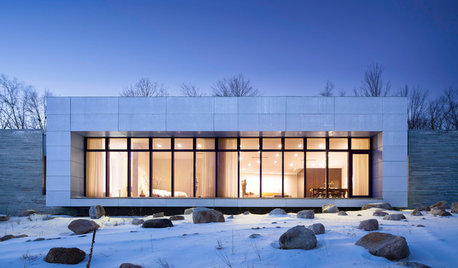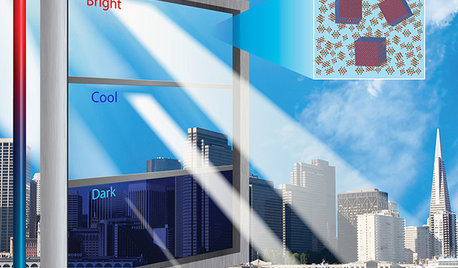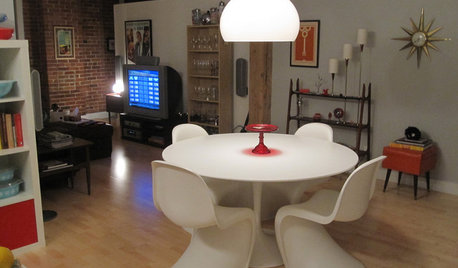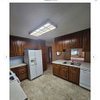Inspections for electrical work.
ranger481vs
12 years ago
Related Stories

CONTRACTOR TIPSBuilding Permits: The Final Inspection
In the last of our 6-part series on the building permit process, we review the final inspection and typical requirements for approval
Full Story
CONTRACTOR TIPSBuilding Permits: The Inspection Process
In Part 5 of our series on home building permits, we explore typical inspection schedules for a variety of project types
Full Story
MOVINGHome-Buying Checklist: 20 Things to Consider Beyond the Inspection
Quality of life is just as important as construction quality. Learn what to look for at open houses to ensure comfort in your new home
Full Story
CONTRACTOR TIPSYour Complete Guide to Building Permits
Learn about permit requirements, the submittal process, final inspection and more
Full Story
MOVINGHiring a Home Inspector? Ask These 10 Questions
How to make sure the pro who performs your home inspection is properly qualified and insured, so you can protect your big investment
Full Story
LIVING ROOMSHow to Convert Your Wood-Burning Fireplace
Learn about inserts and other options for switching your fireplace from wood to gas or electric
Full Story
GREEN BUILDINGGoing Solar at Home: Solar Panel Basics
Save money on electricity and reduce your carbon footprint by installing photovoltaic panels. This guide will help you get started
Full Story
HOME TECHIs It Curtains for Curtains? Smart Glass Eliminates Window Coverings
Windows can now control light and heat through electricity and high-tech formulations, making blinds and shades optional
Full Story
ARTNew Digital Art Frame Gets Put to the Test
Our writer sets up the EO1 at home, then invites artist friends over for a look — at images of their own work. See what they have to say
Full Story









snoonyb
Emilner
Related Professionals
Palm Springs Lighting · Chicago Furniture & Accessories · Columbia Furniture & Accessories · Fort Wayne Furniture & Accessories · Jupiter Furniture & Accessories · Rochester Furniture & Accessories · St. Louis Furniture & Accessories · Carlsbad Furniture & Accessories · Stamford Furniture & Accessories · Adrian Decks, Patios & Outdoor Enclosures · Baltimore Decks, Patios & Outdoor Enclosures · Batavia Decks, Patios & Outdoor Enclosures · Columbia Decks, Patios & Outdoor Enclosures · Fort Myers Decks, Patios & Outdoor Enclosures · Fredonia Decks, Patios & Outdoor Enclosuresranger481vsOriginal Author
brickeyee
snoonyb
lannie59
ranger481vsOriginal Author